Welcome to our collection of the best Peloponnese itineraries you can find.
The Best Peloponnese Itineraries: Why and How to Visit
Everyone knows about the Greek Islands. But the Peloponnese Peninsula is Greece at its most captivating – a tapestry of ancient ruins, sun-kissed beaches, and rugged mountain landscapes that feels like stepping into the pages of a myth. From the grandeur of Olympia and Mycenae to the tranquil beauty of the Mani Peninsula, this southern region invites travellers to explore at their own pace, weaving history, nature, and culture into every step.
But what truly sets the Peloponnese apart is its ability to cater to every kind of adventurer. Whether you’re a history enthusiast eager to trace the footsteps of gods and heroes, a foodie seeking the purest olive oils and freshest seafood, or a nature lover yearning for hidden trails and unspoiled beaches, the Peloponnese has something for you.
A strategic base like Mazaraki, a picturesque village perched on the edge of the Taygetos Mountains, offers a unique way to explore the region. With its serene setting, traditional stone houses, and easy access to destinations like Mystras, Kalamata, and the Mani Peninsula, Mazaraki strikes the perfect balance between a relaxing retreat and a launchpad for adventurous day trips.
After a day of exploration, you can unwind with sweeping views of olive groves and mountains, immersing yourself in the tranquil rhythms of village life.
So, whether you’re planning a quick weekend escape or a deep dive into Greece’s cultural and natural wonders, the Peloponnese promises a journey rich in discovery and unforgettable moments. Let’s map out the perfect itinerary for your next adventure.
Of course, we have something that the ancient Greeks lacked: rental cars. Leave the main roads behind with our full Peloponnese road trip itinerary here.
Mazaraki: The Perfect Base for Your Peloponnese Adventure
Nestled on the slopes of the Taygetos Mountains, Mazaraki is a charming village that combines tranquillity with accessibility, making it an ideal base for exploring the Peloponnese. Located just a short drive from the historic site of Mystras and the lively city of Sparta, Mazaraki offers easy access to some of the region’s most iconic attractions while providing a peaceful retreat at the end of the day.
With its traditional stone architecture and panoramic views of rolling olive groves and mountain peaks, Mazaraki feels like a step back in time. Yet, it’s perfectly positioned to explore key destinations, from the rugged Mani Peninsula to ancient Olympia and beyond. After a day of adventures, unwind in boutique accommodations that blend rustic charm with modern comforts, or stroll through the village to enjoy the warm hospitality of its locals.
Why Choose Mazaraki?
- Central Location: Its proximity to Mystras, Sparta, and the Mani Peninsula makes it a convenient hub.
- Authentic Atmosphere: Experience traditional Peloponnesian life away from the tourist crowds.
- Tranquillity: A serene setting to relax and recharge between explorations.
If you’re looking for a base that offers both convenience and character, Mazaraki is the perfect launchpad for your Peloponnesian journey.
One-Week Peloponnese Itinerary
Discover the best of the Peloponnese in just one week with this carefully crafted itinerary. Balancing ancient history, natural beauty, and local culture, it’s perfect for first-time visitors or those looking to experience the highlights of this remarkable region.
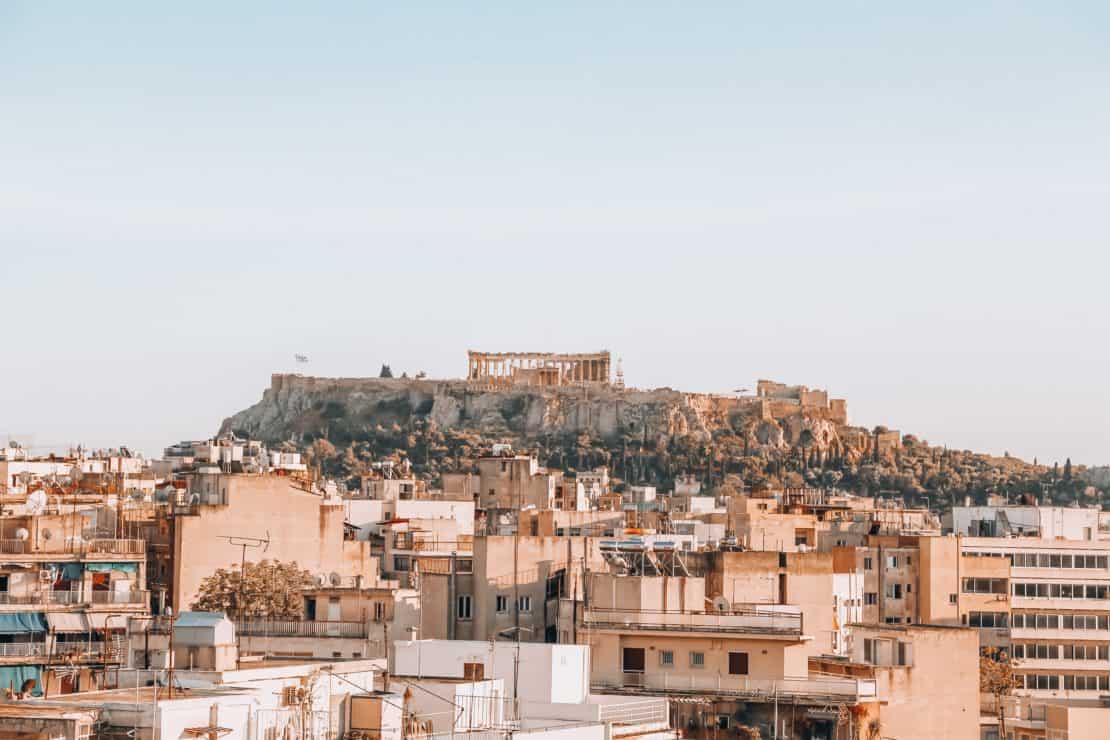
Day 1-2: Athens to Nafplio
Start your journey in Nafplio, one of Greece’s most charming towns and a perfect introduction to the Peloponnese. Wander through the cobbled streets of the Old Town, framed by neoclassical buildings and vibrant bougainvillaea. Climb to the Palamidi Fortress for panoramic views, or relax by the waterfront with a coffee.
- Must-See: The nearby ancient theatre of Epidaurus, renowned for its acoustics.
- Top Tip: Stay in a boutique hotel within the Old Town to soak up the romantic atmosphere.
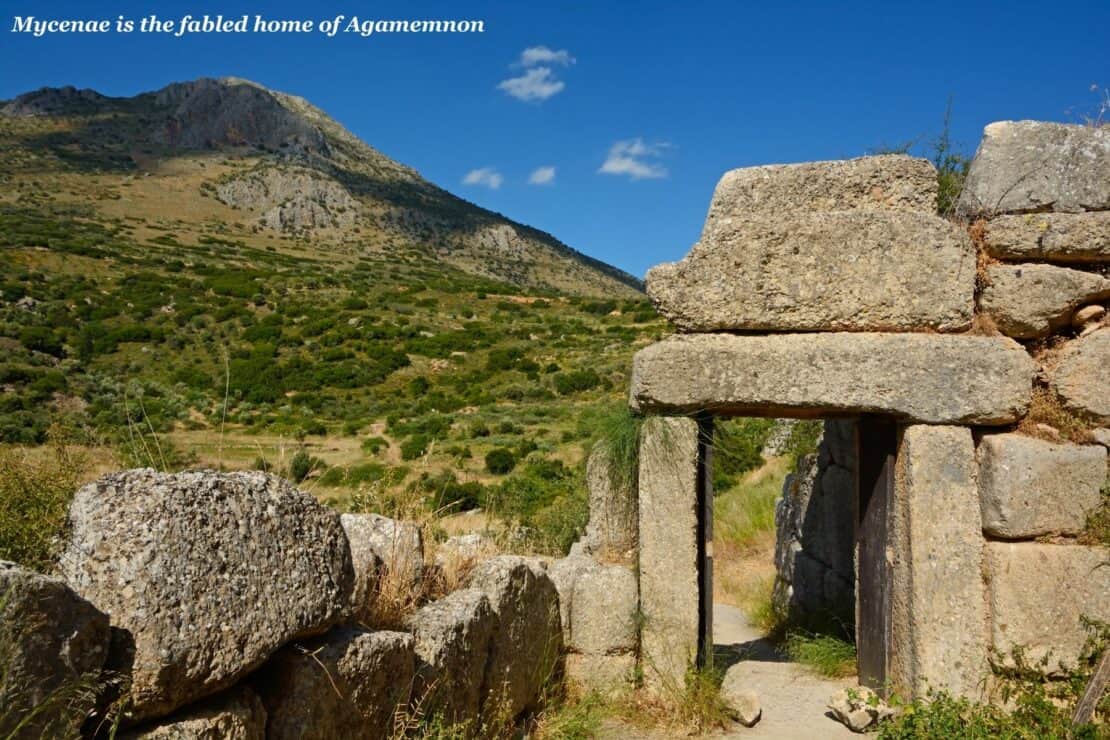
Day 3: Mycenae and Corinth Canal
Travel back to the Bronze Age with a visit to Mycenae, the fabled home of Agamemnon. Marvel at the imposing Lion Gate and the ancient beehive tombs, relics from ancient Greece. On your way, stop at the Corinth Canal, a marvel of 19th-century engineering that slices through the isthmus.
- Must-See: The Archaeological Museum of Mycenae for context on the UNESCO World Heritage Sites of Mycenae and Tiryns.
- Top Tip: Take a short detour to Nemea for a wine-tasting experience at one of its renowned vineyards.
Day 4-5: Mani Peninsula
Head south to the wild and rugged Mani Peninsula, where dramatic landscapes and traditional stone villages await. Explore the Diros Caves, a labyrinth of waterways, and stroll through the atmospheric town of Areopoli. Spend the night in a restored tower house for a truly local experience.
- Must-See: The windswept Cape Tenaro, the southernmost point of mainland Greece.
- Top Tip: Sample local Mani delicacies like syglino (smoked pork) and lalagia (fried dough snacks).
Day 6: Ancient Olympia
Venture west to the birthplace of the Olympic Games. Explore the archaeological site, including the Temple of Zeus and the ancient stadium, and delve deeper into history at the museum. The surrounding area offers lush countryside and plenty of opportunities for a scenic walk.
- Must-See: The statue of Hermes by Praxiteles in the Archaeological Museum of Olympia.
- Top Tip: Visit early in the morning to avoid the crowds and the midday heat.
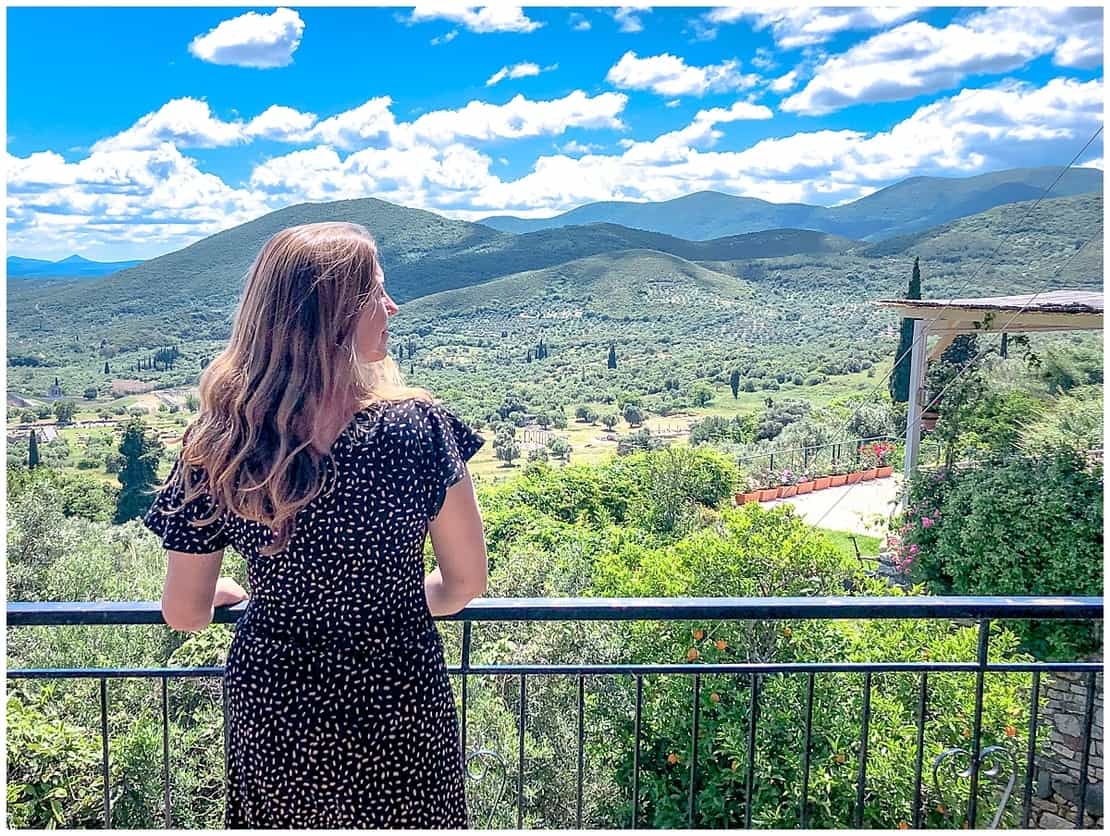
Day 7: Return via Patras
Conclude your trip with a scenic drive north, stopping in Patras. Cross the Rio-Antirrio Bridge, an architectural masterpiece, and enjoy coastal views. Along the way, stop at a seaside taverna for a final taste of Peloponnesian cuisine.
- Must-See: Patras Castle and the city’s bustling markets.
- Top Tip: If time allows, take a short detour to the ancient city of Messene, a hidden gem often overlooked by travellers.
This one-week itinerary offers a well-rounded glimpse of the Peloponnese, balancing iconic landmarks with hidden gems. With its rich history, stunning scenery, and warm hospitality, the region will leave you longing to return.
Weekend Escapes in the Peloponnese
Short on time but eager to explore the Peloponnese? These weekend itineraries are perfect for a quick getaway, offering a concentrated dose of history, nature, or relaxation. Whether you’re chasing ancient ruins, pristine beaches, or mountain adventures, the Peloponnese has a weekend escape for you.
For History Lovers: Nafplio and the UNESCO World Heritage Site of Epidaurus
Immerse yourself in the rich history of the Peloponnese with a weekend in Nafplio, a town that radiates old-world charm. Begin by exploring Nafplio’s Old Town, where neoclassical mansions, atmospheric squares, and vibrant cafes invite you to linger. For sweeping views, ascend the 999 steps to the Palamidi Fortress, or take a leisurely walk along the Arvanitia Promenade.
On your second day, venture to the nearby UNESCO World Heritage Site of Epidaurus, home to one of the best-preserved ancient theatres in the world. Marvel at its flawless acoustics and imagine the performances that once graced this hallowed stage. The surrounding archaeological site, including the Sanctuary of Asklepios, offers further insights into ancient Greek culture and healing practices.
- Must-See: The Archaeological Museum of Nafplio, showcasing artefacts from the Mycenaean era, and the picturesque Bourtzi Castle, a Venetian fortress floating serenely on the water.
- Top Tip: Attend a summer performance at Epidaurus if your visit coincides with the Athens Epidaurus Festival.
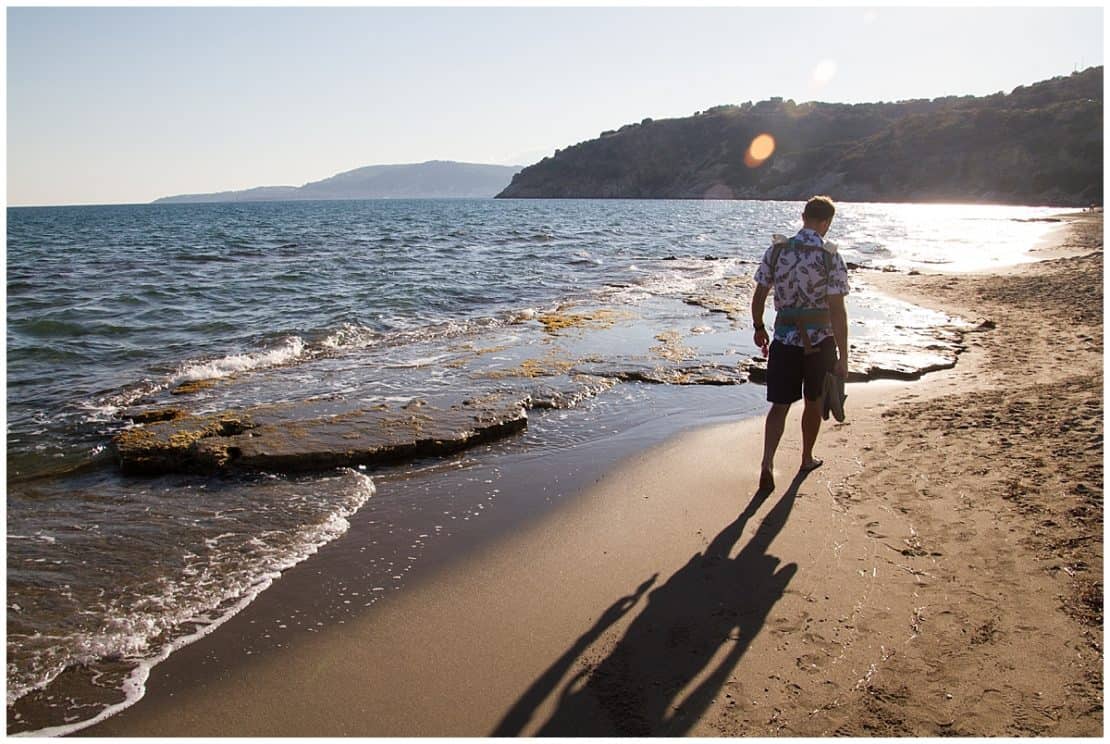
For Beach Enthusiasts: Pylos and Voidokilia Beach
For a relaxing weekend by the sea, head to the southwestern Peloponnese. Begin in Pylos, a charming coastal town with a picturesque harbour and fascinating history. Visit the nearby Palace of Nestor and its excellent museum. Spend your second day unwinding at Voidokilia Beach, a crescent-shaped paradise often hailed as one of Greece’s best beaches.
- Must-See: The castle of Pylos (Niokastro) and the natural beauty of Gialova Lagoon.
- Top Tip: Pack a picnic and watch the sunset from the castle overlooking Voidokilia Beach.
For Adventure Seekers: Mani Peninsula
If rugged landscapes and off-the-beaten-path exploration call to you, the Mani Peninsula is an ideal choice. Base yourself in Areopoli, a traditional stone village, and spend your first day exploring the Diros Caves, an underground labyrinth of waterways. On your second day, hike to Cape Tenaro, the mythical entrance to the underworld, and enjoy dramatic coastal views along the way.
- Must-See: Vathia, a hauntingly beautiful ghost village of stone towers.
- Top Tip: Try traditional Mani specialties like hilopites (egg pasta) in a family-run taverna.
Tips for Planning Your Weekend Escape
- Transportation: Rent a car for maximum flexibility, as public transport options can be limited.
- Seasonality: Visit in spring or autumn for pleasant weather and fewer crowds.
- Accommodations: Look for boutique guesthouses or traditional stone lodges for an authentic experience.
Off-the-Beaten-Path Itineraries
Escape the crowds and discover the hidden corners of the Peloponnese with these off-the-beaten-path itineraries. From secret mountain villages to lesser-known coastal gems, these journeys offer an authentic and tranquil experience of Greece’s storied peninsula.
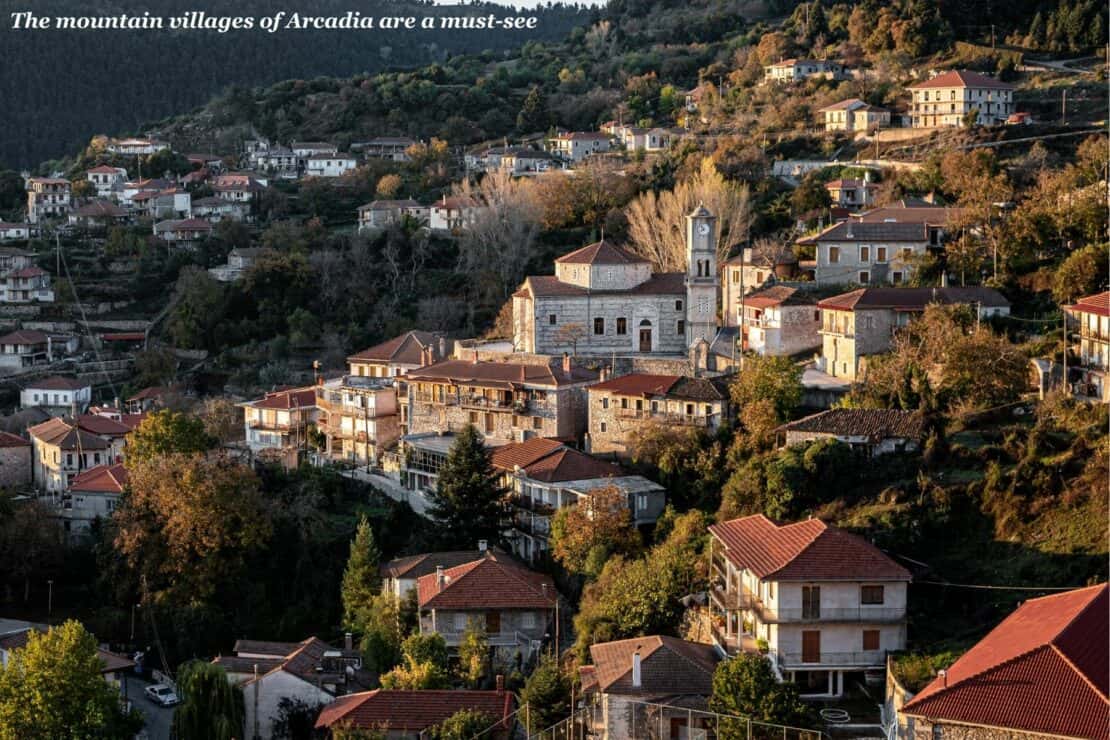
Exploring Arcadia: Hidden Mountain Villages
The region of Arcadia, nestled in the heart of the Peloponnese, is a haven for nature lovers and those seeking a slower pace. Base yourself in Dimitsana, a postcard-perfect village surrounded by lush mountains and crisscrossed by hiking trails.
- Day 1: Visit the Open-Air Water Power Museum and stroll through the cobbled streets of Dimitsana. Enjoy local dishes like trachanas soup at a cosy taverna.
- Day 2: Hike through the Lousios Gorge to discover ancient monasteries perched on cliffs, including the stunning Prodromos Monastery.
- Top Tip: Visit in autumn for the golden hues of the forests and cool mountain air.
Kalamata and its Surrounds
Kalamata, known for its olives and relaxed coastal vibe, is an underrated base for exploring southern Peloponnese treasures.
- Day 1: Wander the historic centre of Kalamata, visit the 13th-century castle, and stroll along the beachfront promenade. Indulge in olive oil tastings to learn about the region’s most famous export.
- Day 2: Take a scenic drive to Kardamyli, a charming seaside village with ancient ruins, hiking trails, and boutique cafes. Leave at least a full day for this.
- Top Tip: Combine this itinerary with a visit to Polilimnio Waterfalls for a refreshing dip in nature’s pools.
For more inspiration, check out our guide to the best things to do in Kalamata.
Kyparissia: Coastal Tranquillity and History
For those seeking tranquillity and pristine beaches, Kyparissia on the western coast offers a delightful mix of relaxation and history.
- Day 1: Explore the Old Town, dominated by a Venetian-era castle with panoramic views of the Ionian Sea. End the day with fresh seafood at a beachfront taverna.
- Day 2: Relax on Kalo Nero Beach or head to nearby Neda Waterfalls for a serene nature escape.
- Top Tip: Visit in spring to enjoy wildflowers and fewer crowds on the beaches.
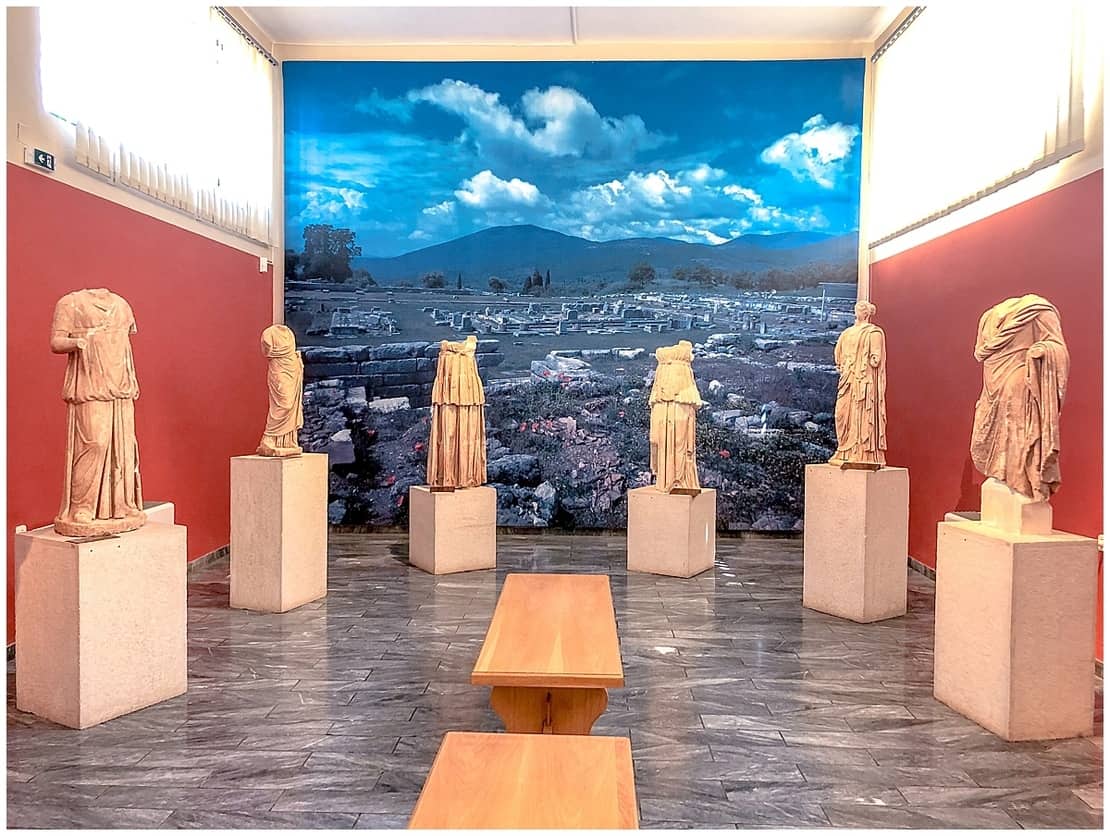
The Forgotten Ancient City of Messene
While often overshadowed by more famous sites, Ancient Messene is one of the most well-preserved archaeological wonders in Greece.

Food and Drink Highlights
The Peloponnese is a paradise for food and drink enthusiasts, where local ingredients, traditional recipes, and warm hospitality combine to create unforgettable culinary experiences. From hearty mountain fare to coastal delicacies, every meal tells a story of the land and its history. Here are the must-try culinary highlights of the region, where every small village has its own list of the best places to eat.
You can also read more about Greek food in our Athens Food Guide.
Must-Try Dishes
- Souvlaki and Gyros: These classic Greek staples are given a regional twist with local spices and marinades. Enjoy them in family-run tavernas or at lively street stalls.
- Pastitsada: A rich, slow-cooked meat dish in a tomato-based sauce, often served with pasta – a hearty meal perfect after a day of exploring.
- Kagianas: A simple yet delicious dish of scrambled eggs with fresh tomatoes, olive oil, and local herbs, often enjoyed as a breakfast or light lunch.
- Fresh Seafood: From grilled octopus to shrimp saganaki, coastal towns like Pylos and Kardamyli serve up the freshest catch of the day.
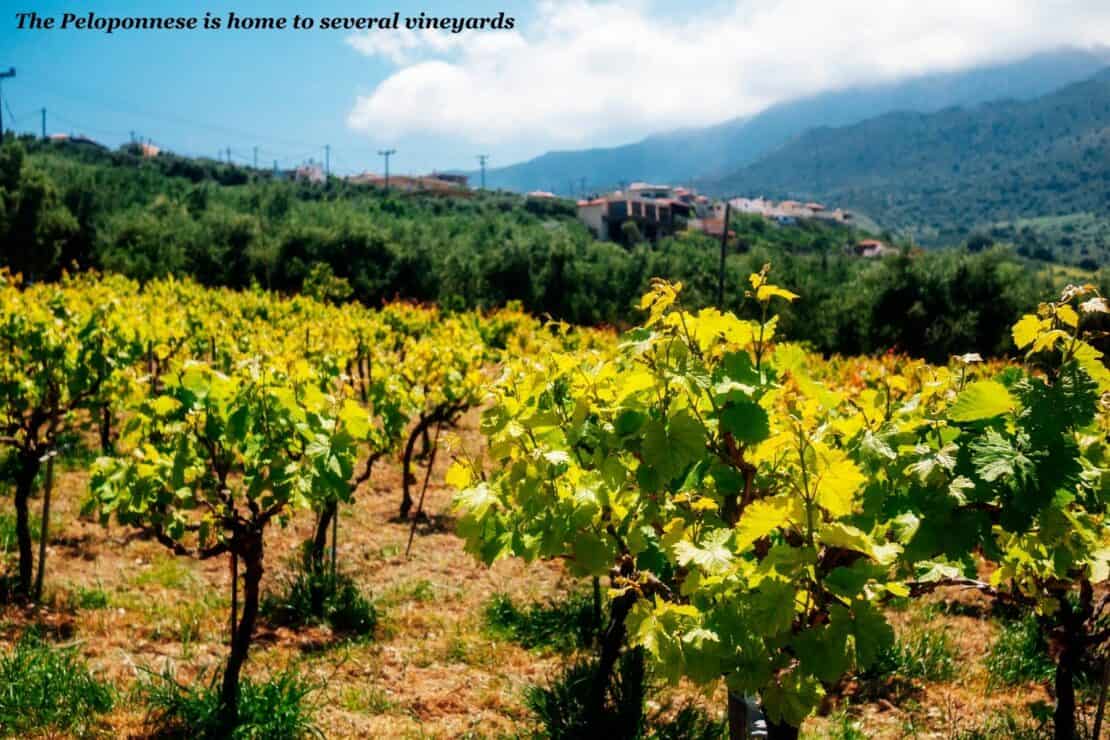
Wine Tasting in Nemea
The Peloponnese is one of Greece’s premier wine regions, and Nemea is at its heart. Known for its indigenous Agiorgitiko grape, Nemea produces rich red wines that pair beautifully with local dishes.
- Where to Go: Visit family-owned vineyards like Gaia or Domaine Skouras for guided tastings and vineyard tours.
- What to Try: Sample aged Agiorgitiko wines or lighter rosés made from the same grape. Don’t miss dessert wines like Mavrodaphne for a sweet finish.
- Top Tip: Plan your visit during the annual Nemea Wine Festival in September to enjoy celebrations, tastings, and local culture.
Olive Oil Experiences
The Peloponnese is the heart of Greece’s olive oil production, with Messinia and Laconia leading the way. Experience the region’s “liquid gold” through tastings and tours.
- Where to Go: Visit an olive mill near Kalamata to see the production process and taste premium oils.
- What to Try: Look for extra virgin olive oil with a peppery finish, ideal for dipping bread or drizzling over salads.
- Top Tip: Purchase small bottles of artisanal olive oil as souvenirs – perfect for sharing a taste of Greece at home.

Sweet Treats and Desserts
- Diples: A festive treat made from thin sheets of dough, fried until crisp, and drizzled with honey and walnuts.
- Lalagia: Fried dough snacks from the Mani Peninsula, often served with cheese or honey.
- Loukoumades: Bite-sized doughnuts soaked in honey and sprinkled with cinnamon – an indulgent snack best enjoyed fresh.
Dining Tips for the Peloponnese
- Eat Seasonally: Menus change with the seasons, so you’ll always get the freshest ingredients.
- Local Taverns: Seek out small, family-run tavernas for the most authentic dishes. Many have no menus – just ask for the day’s specials.
- Pairing Drinks: Try local ouzo or tsipouro with meze (small plates), or stick to regional wines for a true taste of the Peloponnese.
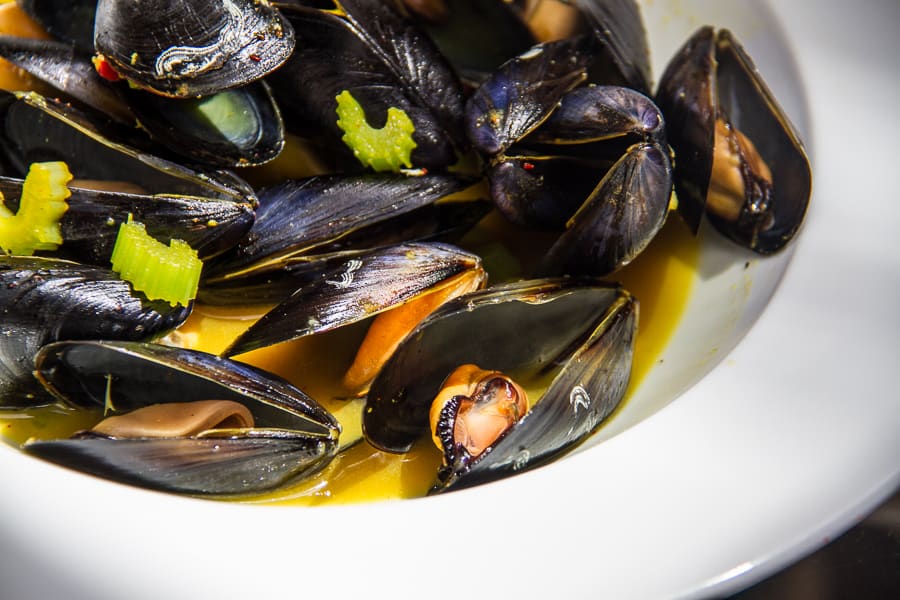
Culinary Festivals
- Kalamata Olive Festival: Celebrate the region’s famous olives with tastings, workshops, and cultural events.
- Tsakonian Eggplant Festival: Held in Leonidio, this festival honours the local PDO-certified eggplant with cooking contests and feasts.
- Wine Harvest Festivals: Many villages host events in late summer or early autumn, combining wine tastings with traditional music and dancing.
Sustainable and Responsible Travel Tips
You love travel, we love travel and we want it to continue. Here’s how to travel more sustainably through the Peloponnese region.
Support Local Businesses
The Peloponnese thrives on small, family-run enterprises. By choosing local over large chains, you contribute directly to the local economy.
- Stay Local: Opt for boutique hotels, guesthouses, or traditional stone lodges instead of international resorts.
- Eat Local: Dine at family-run tavernas and try regional specialties made with seasonal ingredients.
- Shop Local: Buy handmade souvenirs, such as olive oil, honey, or ceramics, from artisans and markets.
Preserve Historical and Cultural Sites
The Peloponnese is rich in ancient ruins and UNESCO World Heritage Sites, which need care and respect.
- Stick to Paths: Stay on designated paths at archaeological sites to avoid damaging fragile ruins.
- No Touching: Resist the urge to touch ancient structures, as oils from your skin can degrade them over time.
- Learn Before You Go: Familiarise yourself with the history of the sites to enhance your appreciation and respect for their significance.

Choose Low-Impact Transportation
Getting around the Peloponnese sustainably can add to your experience while reducing your carbon footprint.
- Public Transport: Use buses for longer routes between major towns whenever possible.
- Car Sharing: If renting a car, consider ride-sharing apps or pooling with other travellers to reduce emissions.
- Cycling and Walking: Many towns and villages are best explored on foot or by bike, offering a closer connection to the surroundings.
Visit During the Shoulder Season
Travelling outside of the peak summer months (July and August) reduces strain on the region and enhances your experience.
- Spring (April–June): Wildflowers bloom, and the weather is perfect for exploring.
- Autumn (September–November): Harvest festivals abound, and the sea is still warm for swimming.

Engage with Local Culture
One of the most enriching ways to travel sustainably is to immerse yourself in the local way of life.
- Festivals and Traditions: Attend local festivals to learn about the region’s customs and celebrate alongside residents.
- Workshops and Tours: Take part in cooking classes, olive oil tastings, or pottery workshops hosted by locals.
- Learn the Language: Even a few basic Greek phrases can go a long way in building connections.
Stay Informed About Sustainable Tourism Initiatives
Many regions in the Peloponnese are actively working to promote sustainable tourism. Seek out and support these initiatives.
- Eco-Accommodations: Look for hotels with green certifications or sustainable practices.
- Protected Areas: Visit national parks like Mount Parnon or wetlands like Gialova Lagoon, which are managed with conservation in mind.
- Volunteer Opportunities: Consider participating in beach clean-ups or wildlife conservation projects during your stay.

Respect Nature
From pristine beaches to rugged mountain trails, the Peloponnese’s natural landscapes are among its greatest treasures.
- Leave No Trace: Take all rubbish with you and avoid disturbing wildlife.
- Eco-Friendly Products: Use reef-safe sunscreen and biodegradable toiletries when visiting beaches or natural reserves.
- Stay on Trails: Protect fragile ecosystems by sticking to marked hiking paths and avoiding off-road driving.
How to Get There
Getting to the Peloponnese from the UK
Reaching the Peloponnese from the UK is straightforward and offers several options to suit your travel style. The most common route is to fly into Athens International Airport, with direct flights available from major UK airports such as London Heathrow, Gatwick, and Manchester.
From Athens, it’s an easy drive or bus journey across the Corinth Canal into the Peloponnese, with destinations like Nafplio just a couple of hours away. For those heading to the western Peloponnese, seasonal direct flights to Kalamata Airport from London and other UK cities are a convenient option. Alternatively, adventurous travellers can combine flights with ferry journeys by flying to Italy and taking a ferry to Patras, the Peloponnese’s main port.
The best way to get around is by car. You can easily pick up a car rental in Athens or at Kalamata airport. Roads are well maintained, although quite narrow in places. See our article about road tripping through the Peloponnese for more tips.

Conclusion: Your Peloponnesian Adventure Awaits
The Peloponnese is more than just a destination – it’s a journey through time, a feast for the senses, and a testament to Greece’s enduring beauty. From archaeological sites and sandy beaches to hidden villages with narrow streets and fresh food, this storied region offers something for every traveller.
By choosing sustainable and thoughtful ways to explore, you can ensure your adventure leaves a positive impact, preserving the region’s treasures for generations to come. So pack your bags, embrace the spirit of discovery, and plunge into the world of Greek mythology and ancient sites. Let the Peloponnese reveal its magic—one unforgettable moment at a time.
Ready to plan your journey? Let us know your favourite Peloponnese spots or ask your questions in the comments below. And don’t forget to subscribe to our newsletter for more in-depth travel guides and tips!
More About Travel in Greece
- Beautiful and unusual things to do in Greece
- What to pack for Greece: a packing list to download
- Fun facts about Greek food
- The best things to do in Kalamata in the Peloponnese
- The Athens Food Guide: what and where to eat in the Greek capital
- Finding the best philosophy tours in Athens
- Is Athens worth visiting?
- 23 Hidden gems and unusual things to do in Athens
- Mykonos or Santorini for your next trip?
